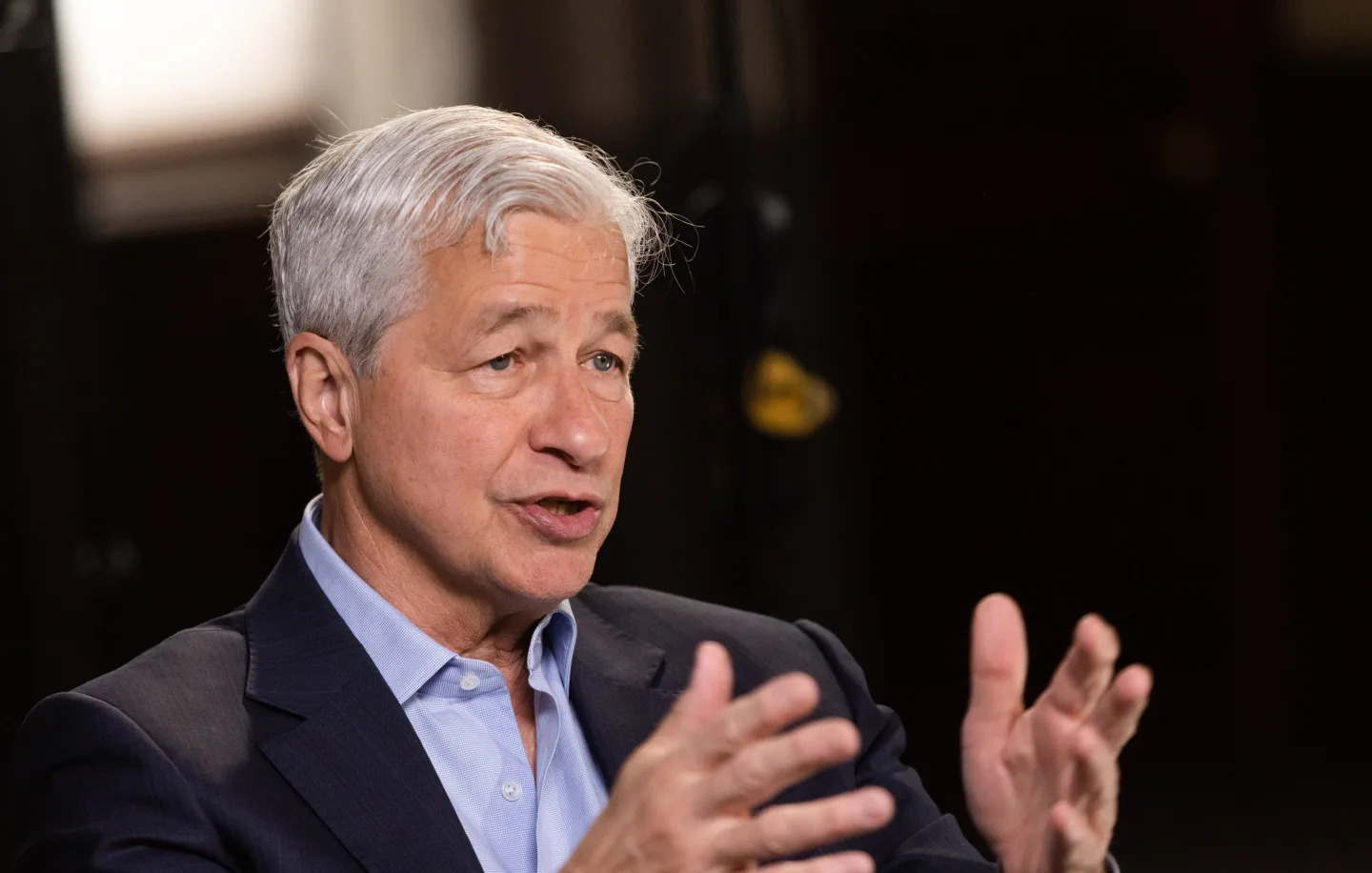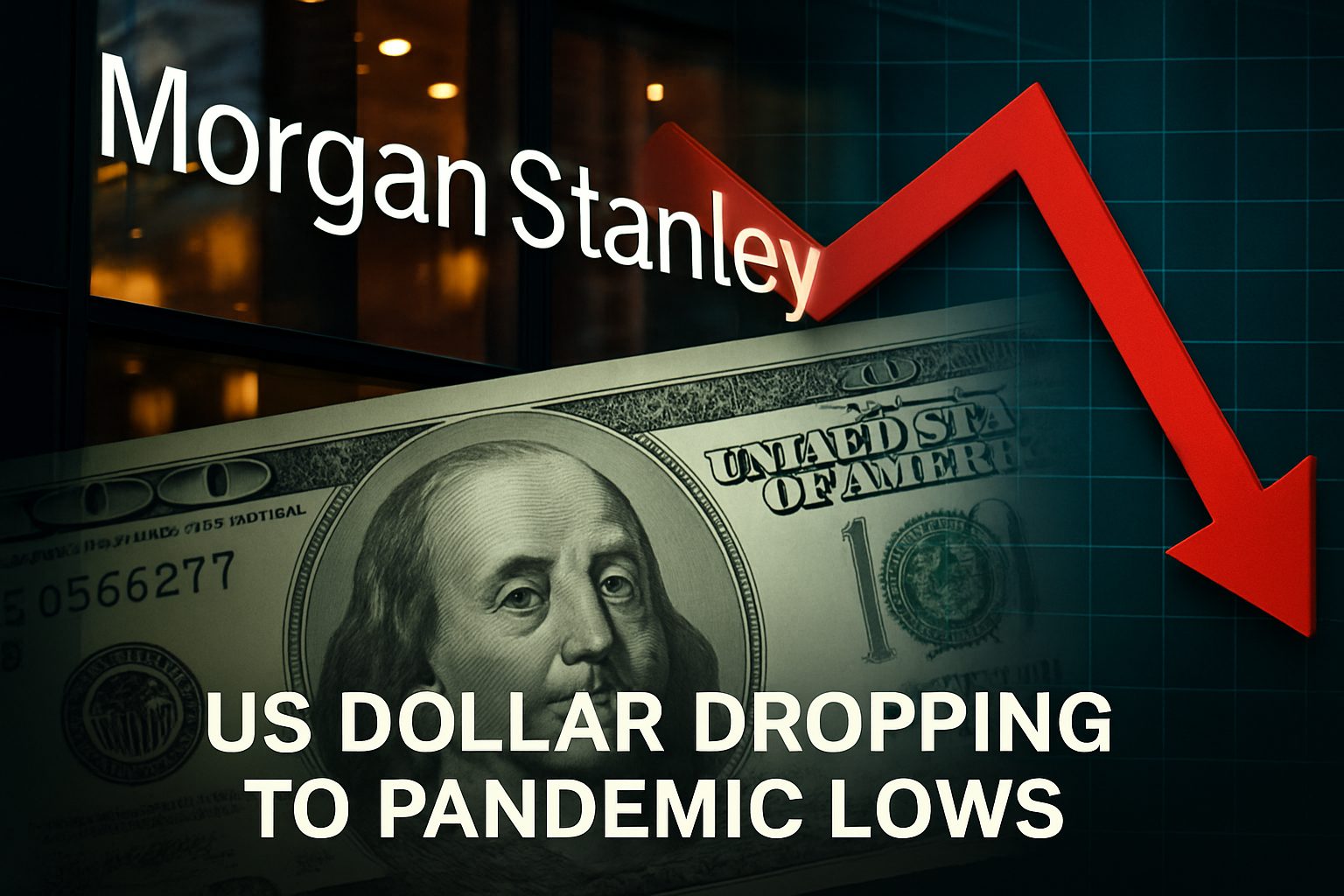UBS Warns: Cut US Dollar Exposure Before It’s Too Late

UBS US dollar exposure warnings are making headlines, as the Swiss investment bank is telling investors to cut their dollar positions before it’s too late. The bank’s latest assessment highlights rising forex volatility and accelerating de-dollarization trends that could hit portfolios hard. UBS suggests reallocating funds into alternative currencies like the euro, Swiss franc, yen, gold, and even emerging market currencies to protect against potential US dollar risks.
Also Read: Whales Lead De-Dollarization as UBS, Morgan Stanley Tout Gold & Crypto
UBS US dollar exposure: Forex Volatility And De-Dollarization

The investment banking world has been buzzing with concerns about US dollar exposure recommendations, and, the reasoning is becoming clearer by the day. Recent forex volatility has been unprecedented, while the global currency shift away from dollar dominance gains momentum across major economies and central banks worldwide.
Dollar Strength May Not Last Much Longer
UBS research shows that robust US economic performance and high interest rates drove previous dollar strength in recent years. However, things are changing now, and current market conditions present a different picture where these supportive factors are eroding systematically. Economic growth in the US has been slowing significantly, and interest rate expectations continue shifting downward.
The investment bank notes that while the dollar was buoyed in recent years by strong US economic performance and high interest rates, slowing growth and shifting capital flows now pose risks. UBS stated in their report:
“Given recent market developments, we believe it is timely to assess whether current US dollar allocations are above long-term targets, and to consider the potential benefits and risks of increasing exposure to home or alternative currencies.”
The de-dollarization trend extends beyond individual portfolios, reflecting broader geopolitical shifts that are happening right now. Central banks worldwide have been reducing dollar reserves while increasing holdings of alternative currencies, contributing to ongoing forex volatility and US dollar risks.
Smart Reallocation Strategies
For conservative investors, the Swiss franc and Japanese yen provide stability despite minimal yields right now. The euro offers the most liquid alternative for large reallocations, and it’s considered one of the safest options available. Higher returns exist in emerging market currencies such as the Brazilian real and Mexican peso, though these carry elevated risks during periods of global currency shift and de-dollarization.
How Can We Avoid Dollar Weakness?
Based on the bank’s view, the increase in forex volatility will make it more important for investors to own currencies from various regions. Under these circumstances, people often suggest holding gold as protection against economic and currency problems. They turn to the precious metal in times of de-dollarization and changes in the market value of currencies.
Also Read: De-Dollarization: Full List of Countries Dropping the US Dollar & Key Reasons
There are professionals who create strategies that let them have money when needed and weigh against negative changes in currency values. At this point, there are opportunities as well as risks for investors who decide to move their assets away from dollars, because many expect the shift in global currencies to happen soon and US dollar risks will grow.
UBS Warns: Cut US Dollar Exposure Before It’s Too Late

UBS US dollar exposure warnings are making headlines, as the Swiss investment bank is telling investors to cut their dollar positions before it’s too late. The bank’s latest assessment highlights rising forex volatility and accelerating de-dollarization trends that could hit portfolios hard. UBS suggests reallocating funds into alternative currencies like the euro, Swiss franc, yen, gold, and even emerging market currencies to protect against potential US dollar risks.
Also Read: Whales Lead De-Dollarization as UBS, Morgan Stanley Tout Gold & Crypto
UBS US dollar exposure: Forex Volatility And De-Dollarization

The investment banking world has been buzzing with concerns about US dollar exposure recommendations, and, the reasoning is becoming clearer by the day. Recent forex volatility has been unprecedented, while the global currency shift away from dollar dominance gains momentum across major economies and central banks worldwide.
Dollar Strength May Not Last Much Longer
UBS research shows that robust US economic performance and high interest rates drove previous dollar strength in recent years. However, things are changing now, and current market conditions present a different picture where these supportive factors are eroding systematically. Economic growth in the US has been slowing significantly, and interest rate expectations continue shifting downward.
The investment bank notes that while the dollar was buoyed in recent years by strong US economic performance and high interest rates, slowing growth and shifting capital flows now pose risks. UBS stated in their report:
“Given recent market developments, we believe it is timely to assess whether current US dollar allocations are above long-term targets, and to consider the potential benefits and risks of increasing exposure to home or alternative currencies.”
The de-dollarization trend extends beyond individual portfolios, reflecting broader geopolitical shifts that are happening right now. Central banks worldwide have been reducing dollar reserves while increasing holdings of alternative currencies, contributing to ongoing forex volatility and US dollar risks.
Smart Reallocation Strategies
For conservative investors, the Swiss franc and Japanese yen provide stability despite minimal yields right now. The euro offers the most liquid alternative for large reallocations, and it’s considered one of the safest options available. Higher returns exist in emerging market currencies such as the Brazilian real and Mexican peso, though these carry elevated risks during periods of global currency shift and de-dollarization.
How Can We Avoid Dollar Weakness?
Based on the bank’s view, the increase in forex volatility will make it more important for investors to own currencies from various regions. Under these circumstances, people often suggest holding gold as protection against economic and currency problems. They turn to the precious metal in times of de-dollarization and changes in the market value of currencies.
Also Read: De-Dollarization: Full List of Countries Dropping the US Dollar & Key Reasons
There are professionals who create strategies that let them have money when needed and weigh against negative changes in currency values. At this point, there are opportunities as well as risks for investors who decide to move their assets away from dollars, because many expect the shift in global currencies to happen soon and US dollar risks will grow.

